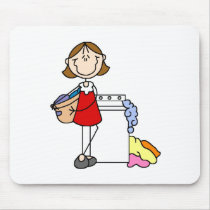
This is the end of my Math Blog, I will continue to update it in the future if I had the opportunity. Now, I will be talking about the great times I had learning these concepts. This concept when taught by my Maths teacher in primary6, it is very useful in helping me to solve many of the challenging problems in primary 6, hence I hope from this Math Blog, the readers will also have a clear understanding of these concepts. If you wan to have a more detailed on these concepts, you can find the contents from the book "Challenging Maths Problems Made Easy" by Ammiel Wan Chee. Thank you and farewell.





